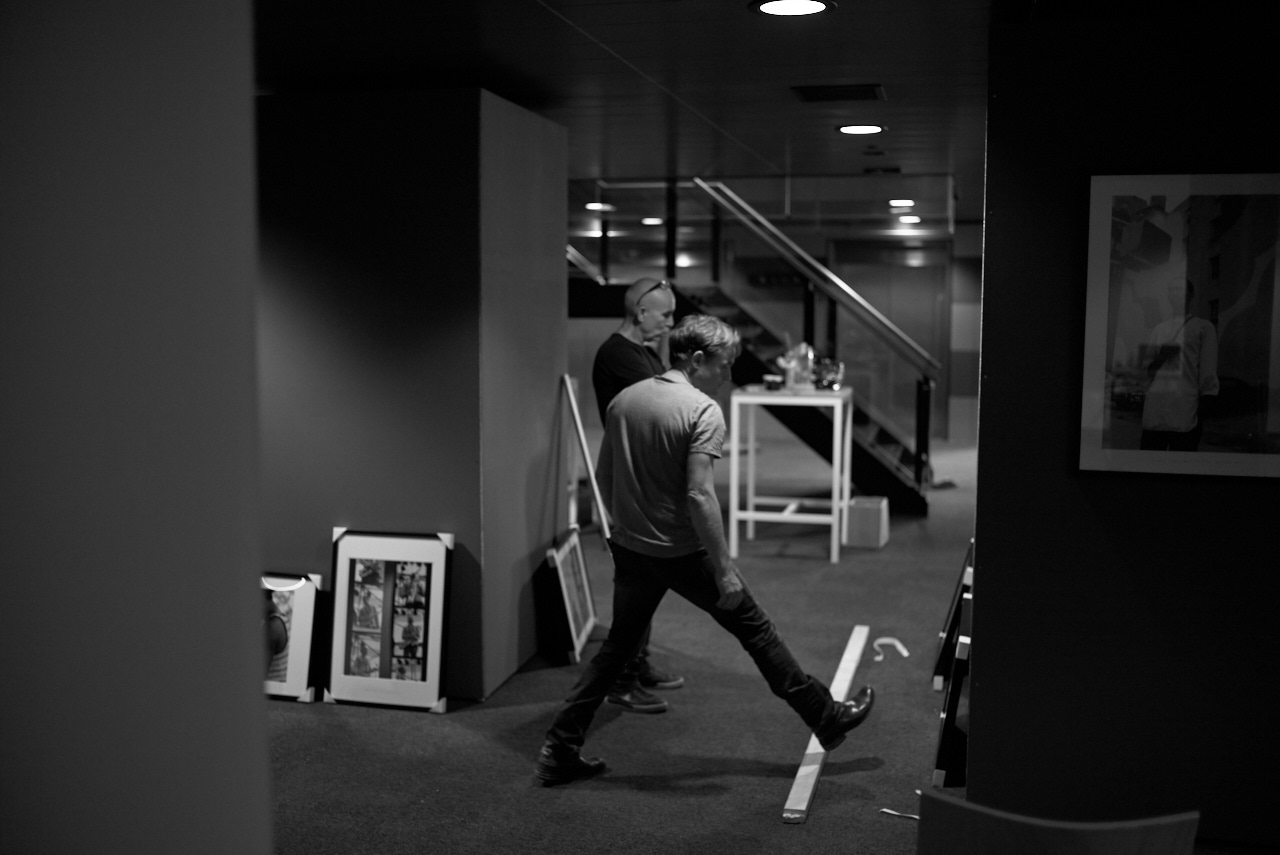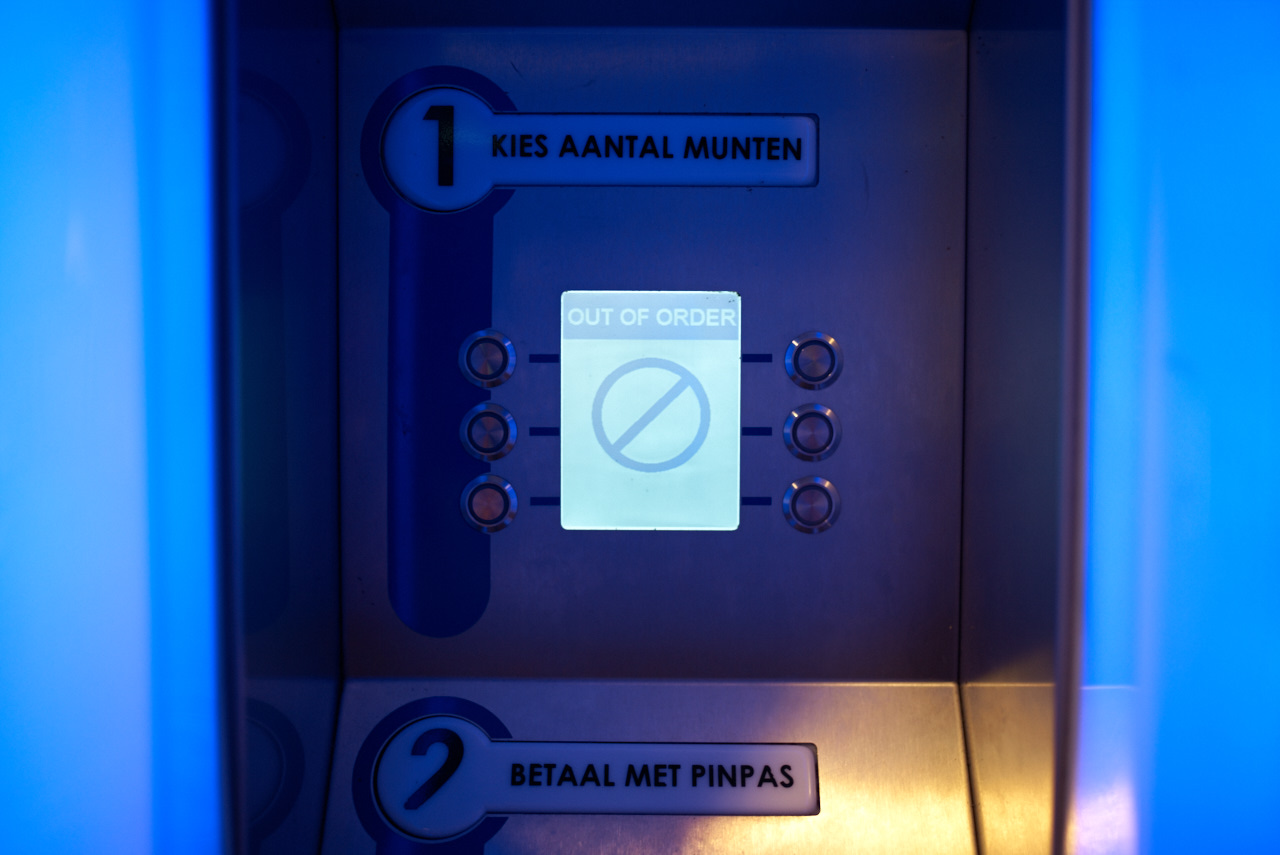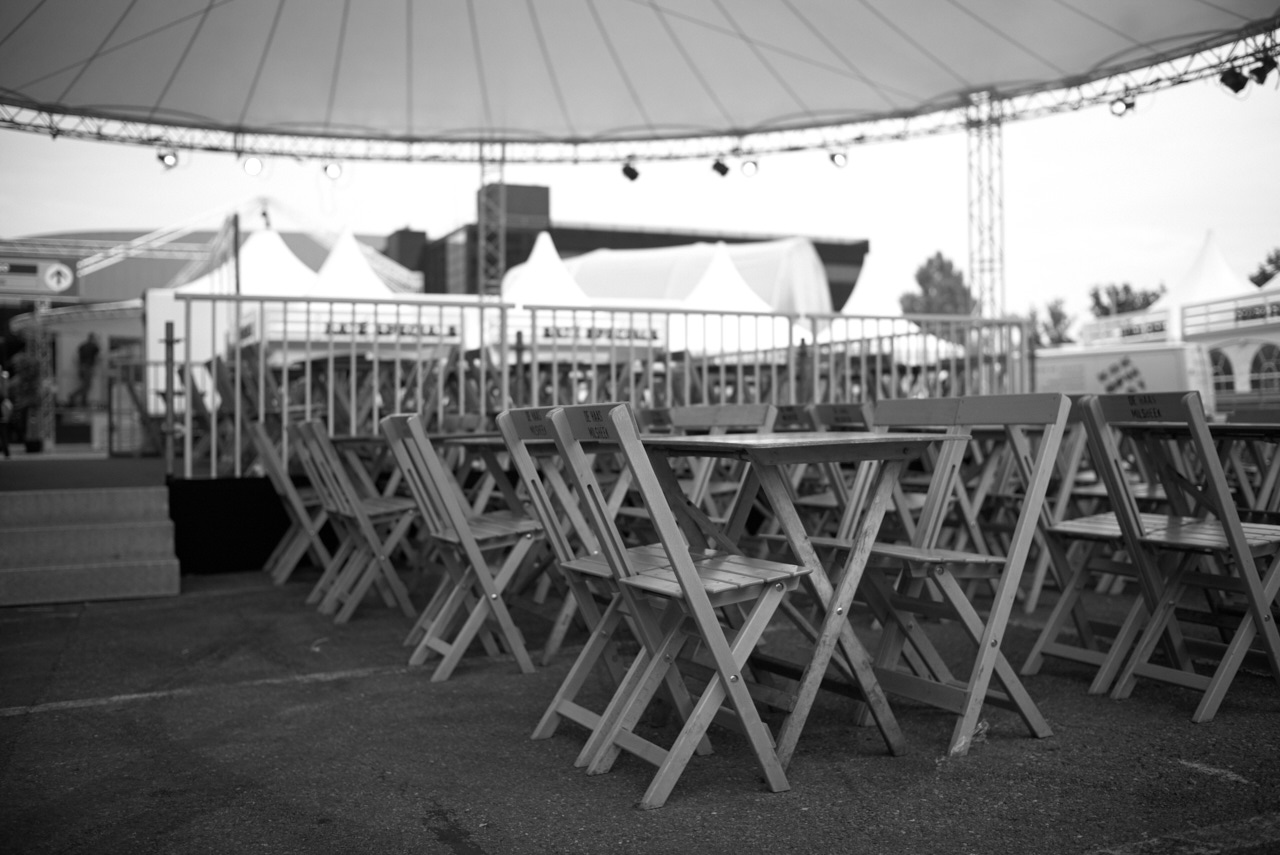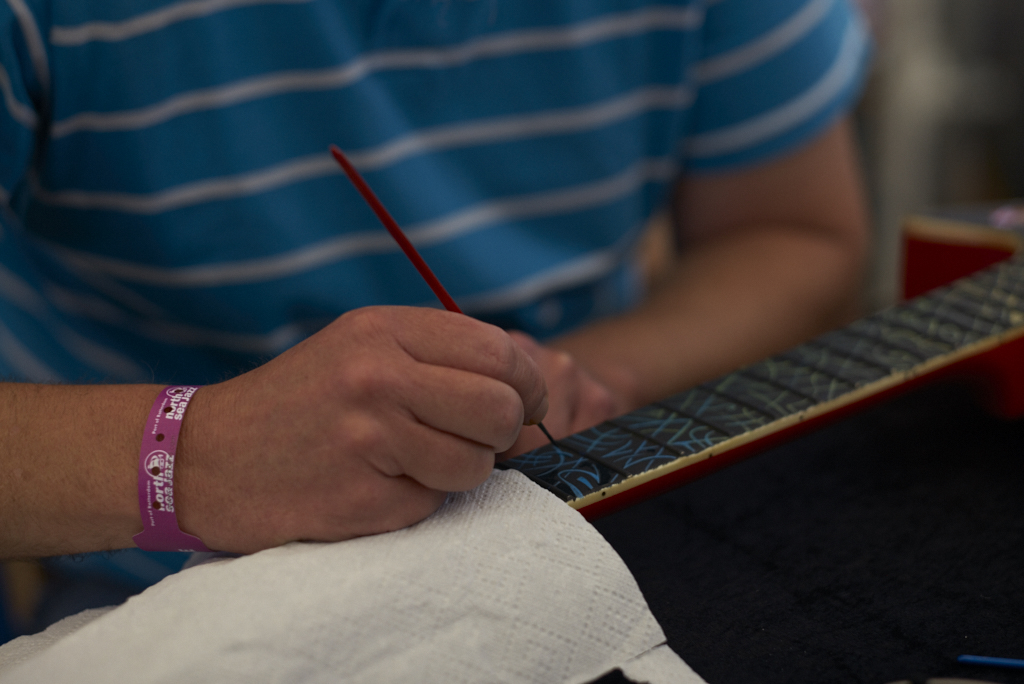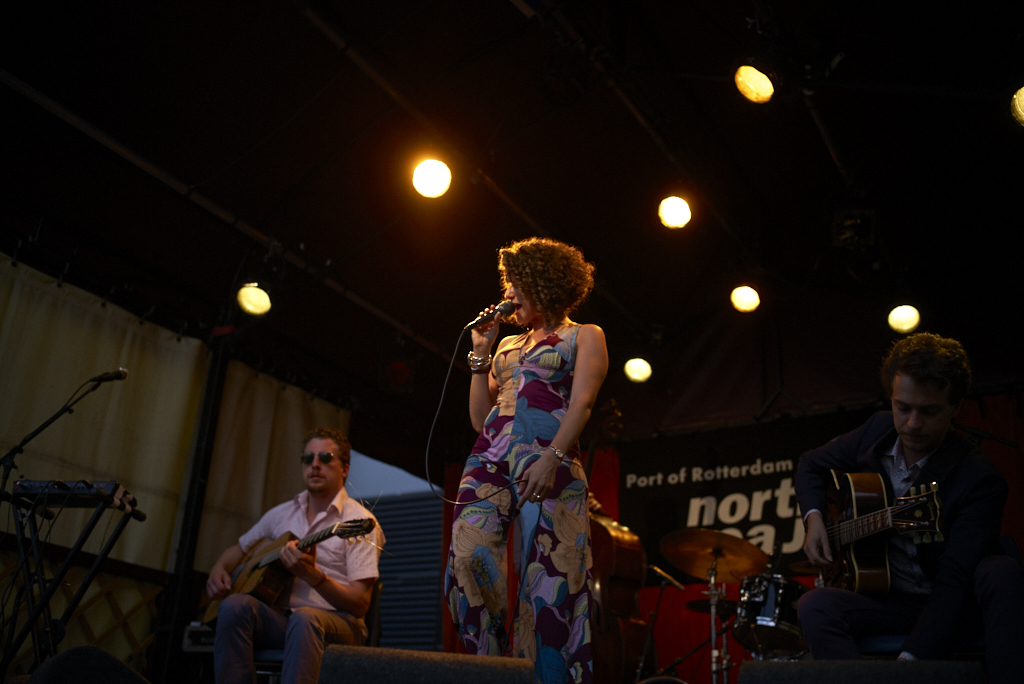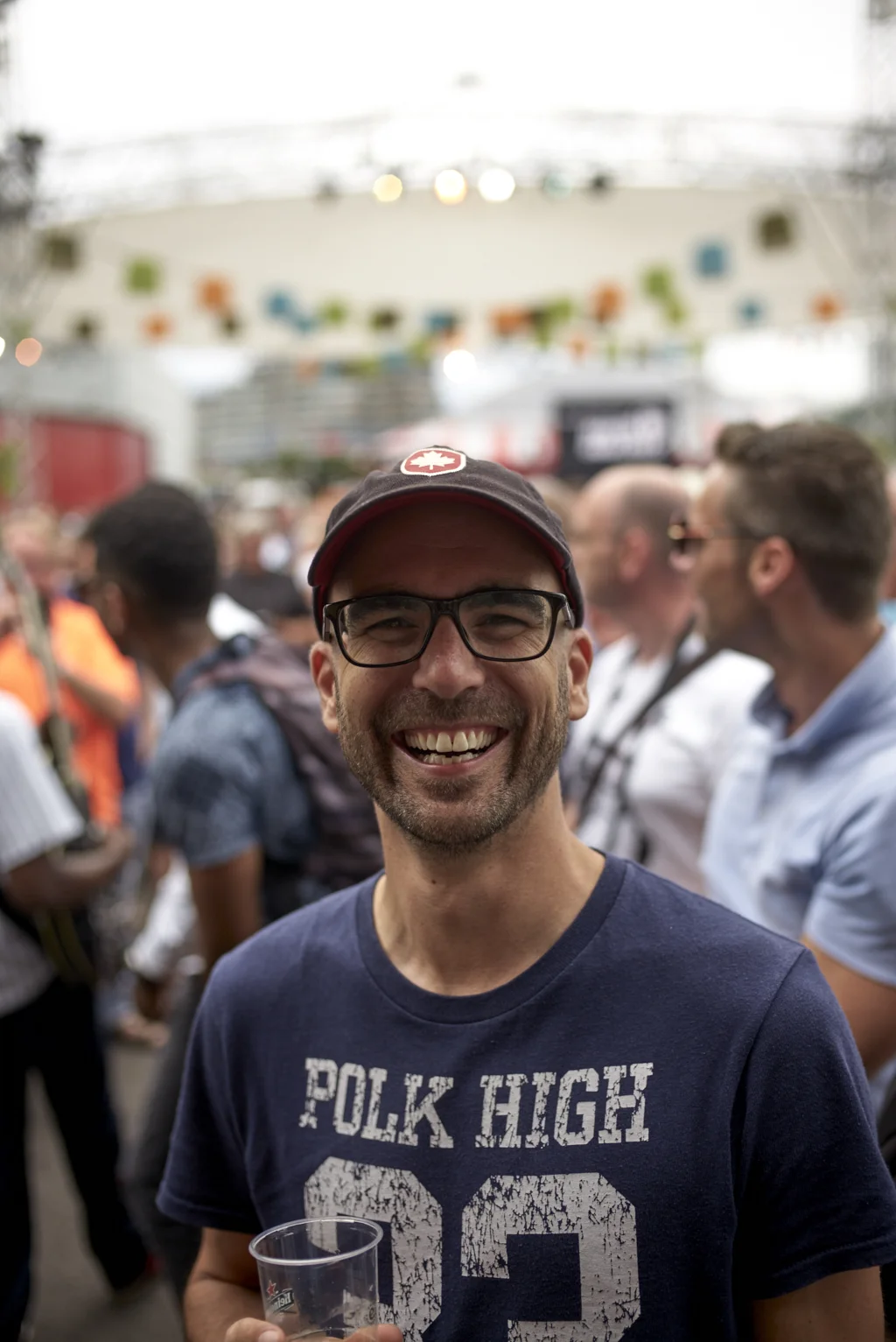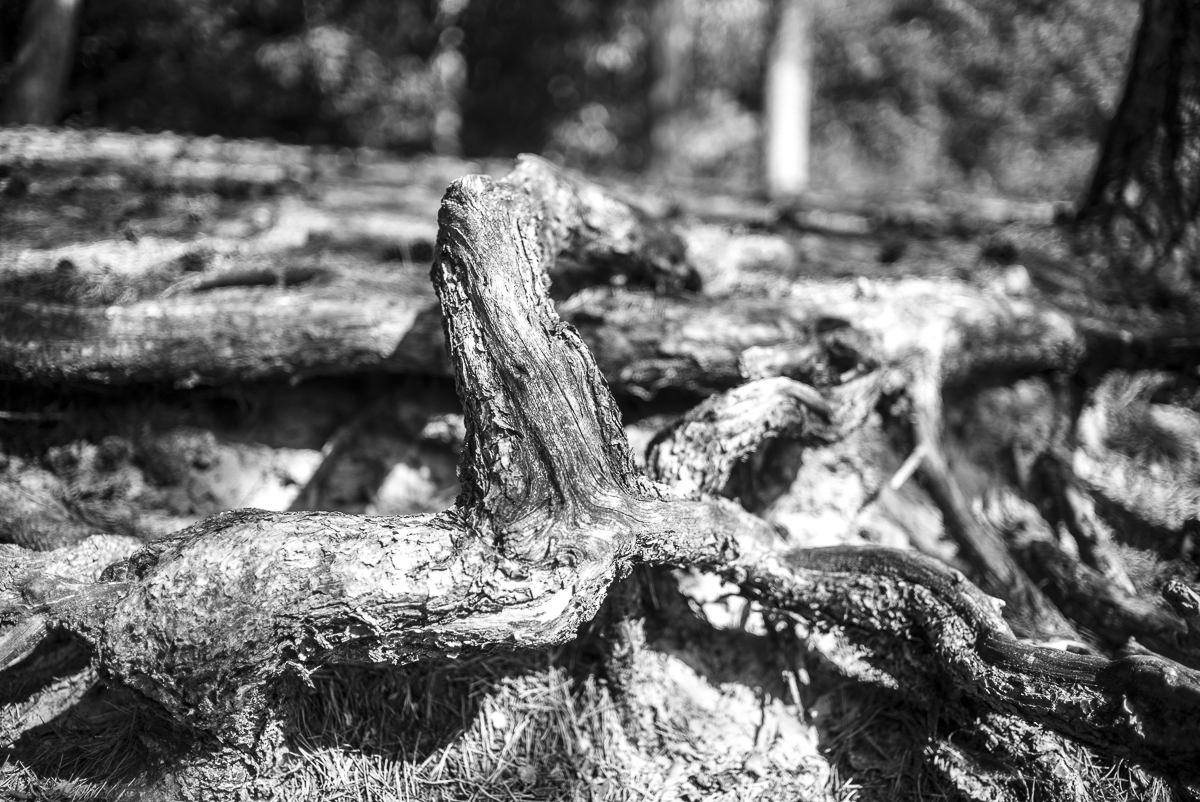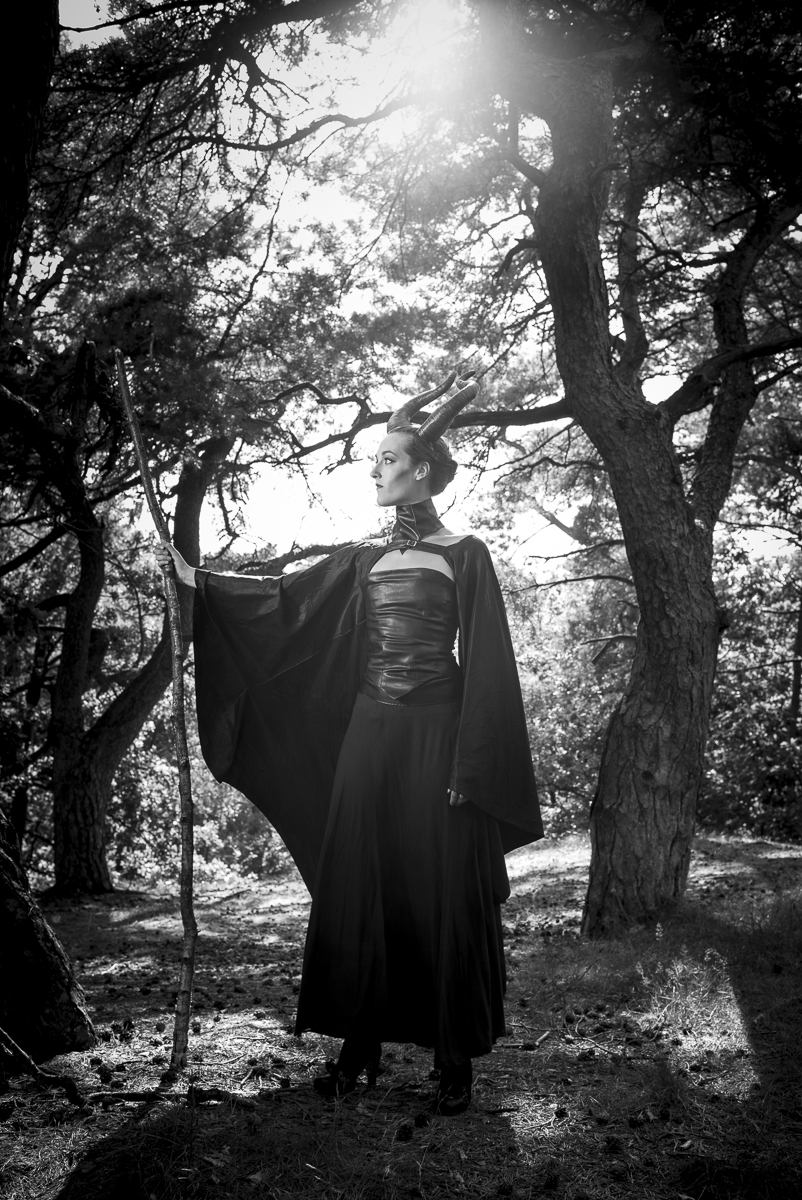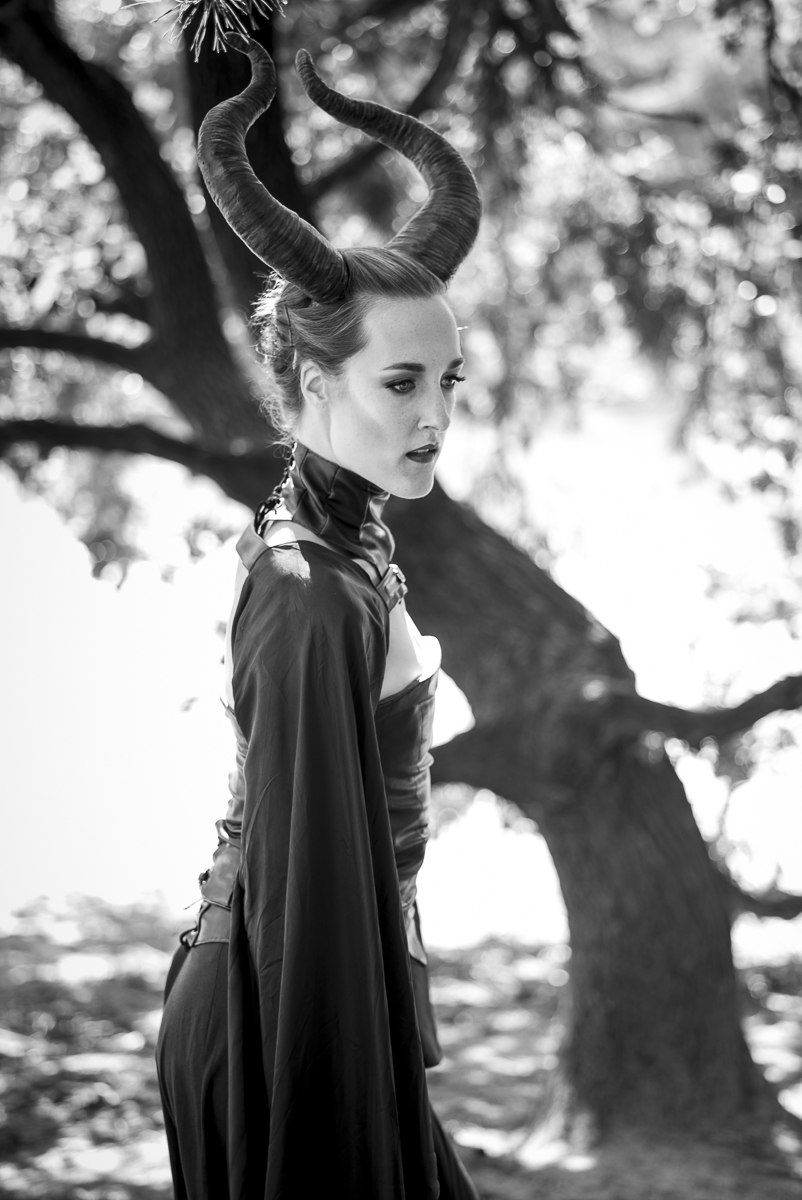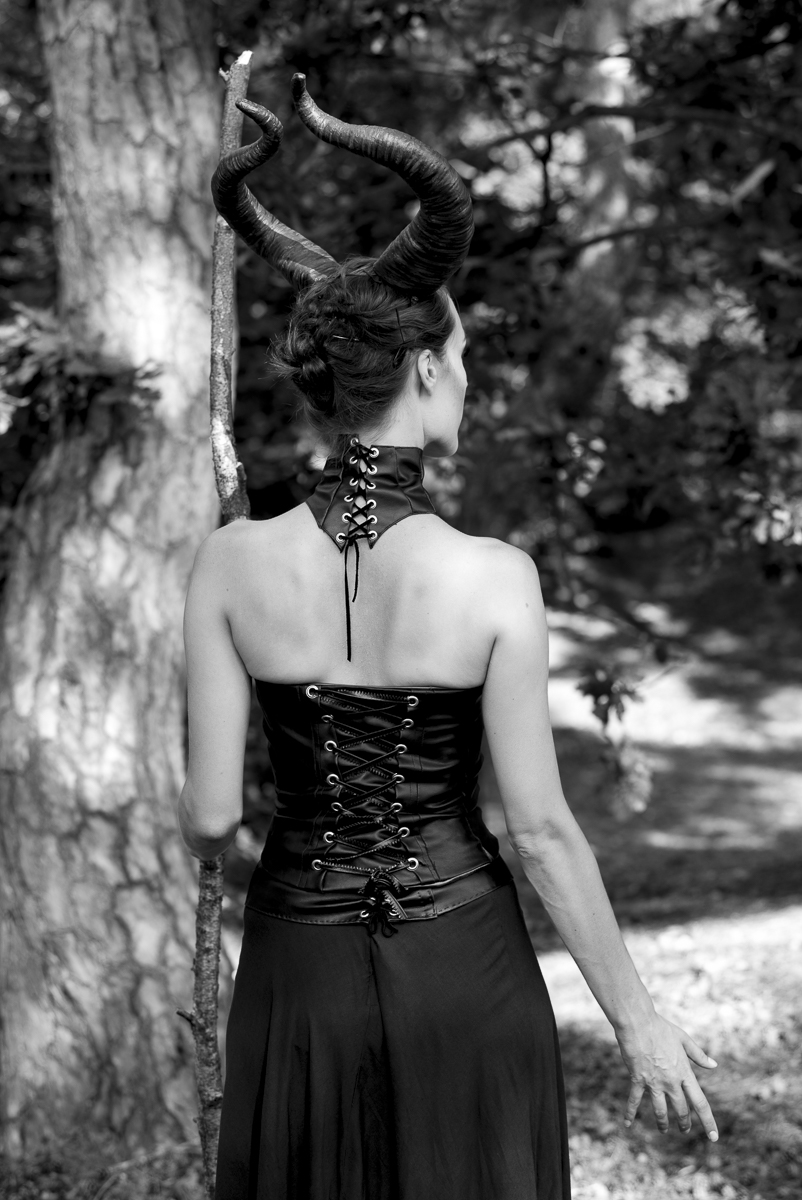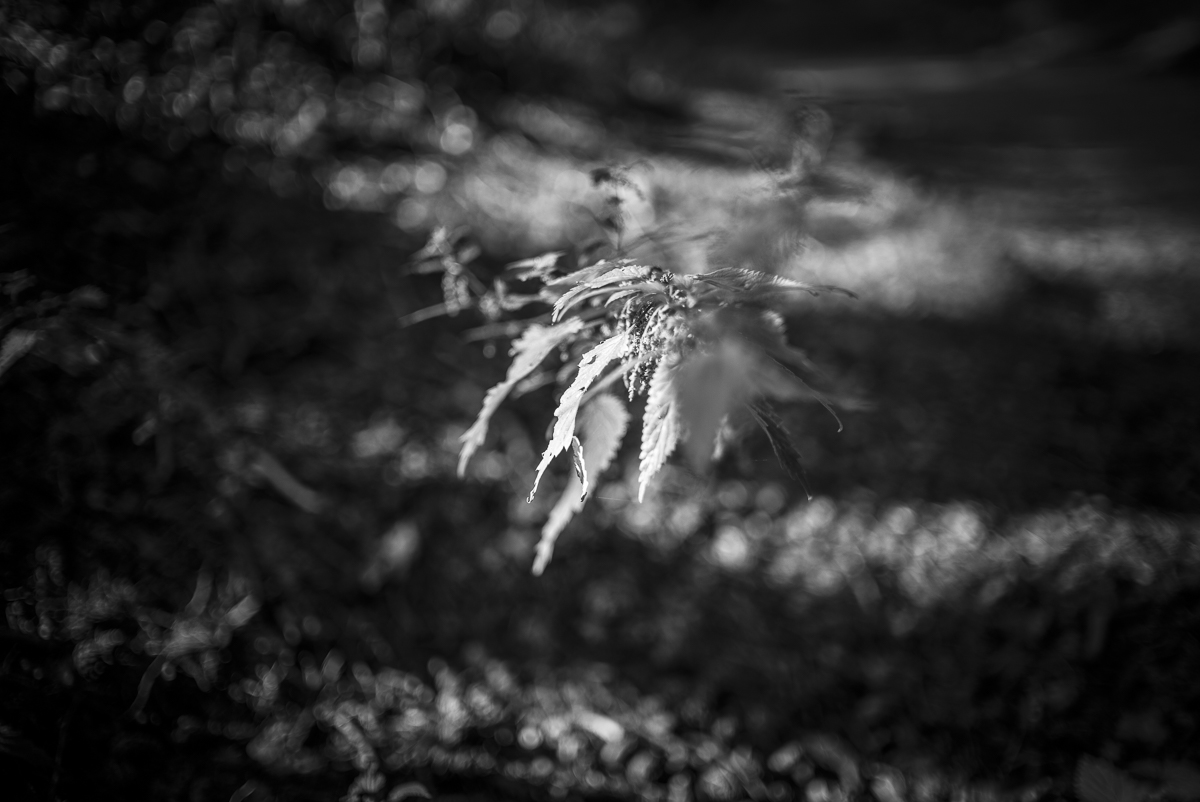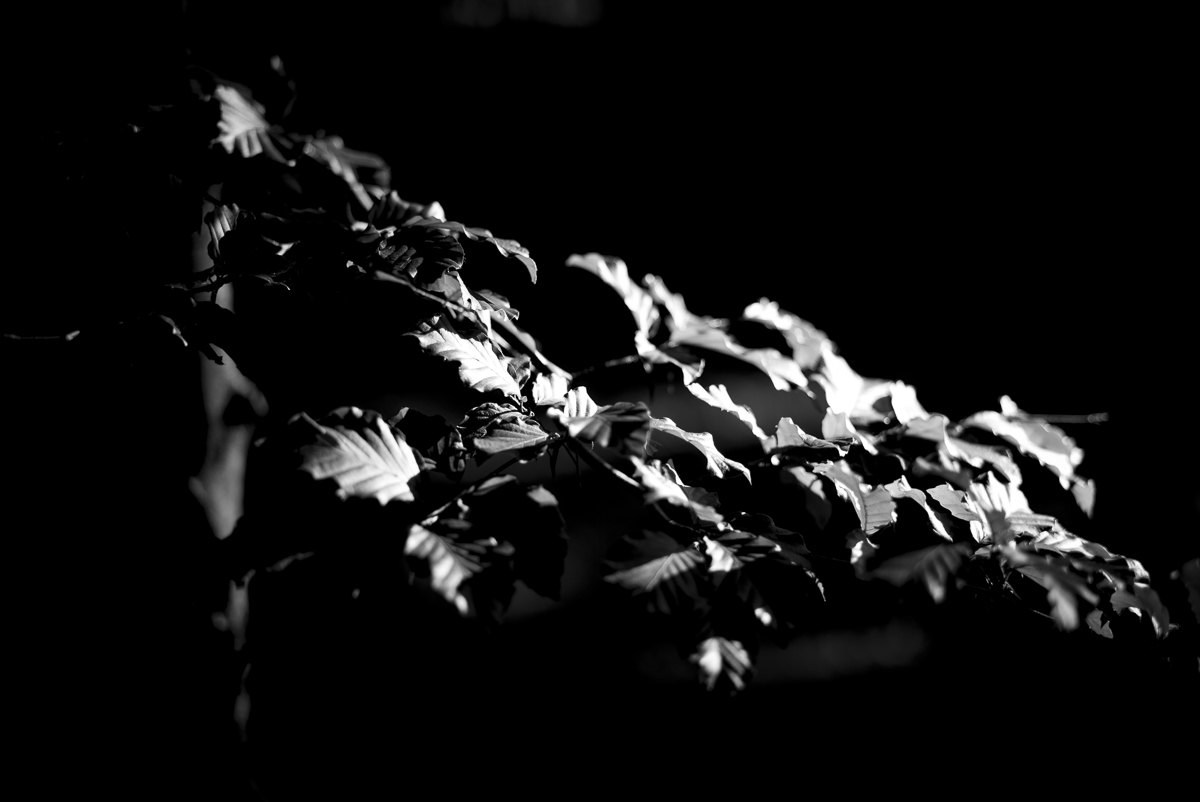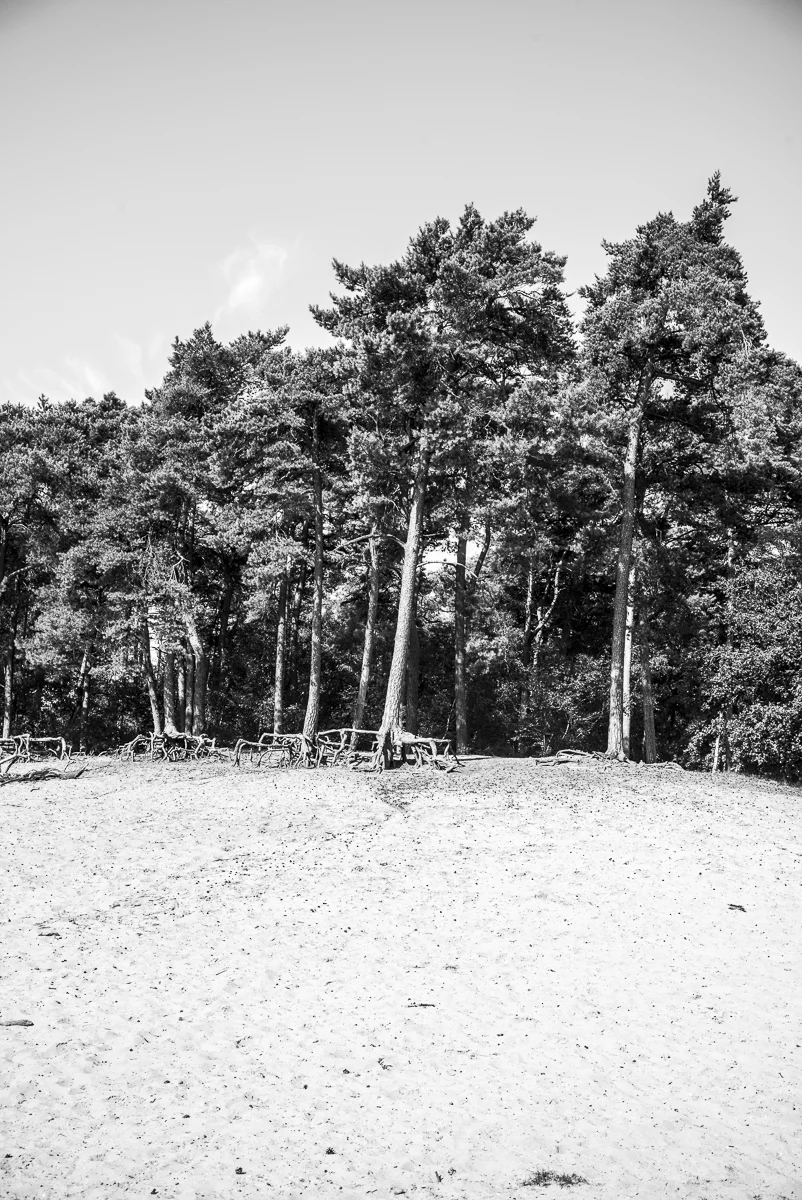North Sea Jazz 2016
Het is al weer een paar weken geleden, maar nu heb ik eindelijk tijd om de blog over North Sea Jazz te maken. De mensen van Transcontinenta/Leica Nederland waren zo vriendelijk mij een Leica M240 met een Summilux 35mm 1.4 en 75 f2 te lenen. Voor mij hoort bij jazz fotografie gewoon een Leica, en proberen met je gezicht op de actie te zitten. Dit lukt met NSJ niet overal maar als het wel lukt is dit het mooiste wat er is. En wees eerlijk, eigenlijk hoort jazz gewoon in te kleine clubjes en kroegen ;).
Opbouwen
De woensdag en donderdag stonden voor mij in het teken van het opbouwen. Dit jaar had ik een expositie met het project dat ik vorig jaar samen met 4 andere Nederlandse jazzfotografen heb gedaan in het Jazz Museum Rotterdam en op North Sea Jazz in samenwerking met Cult Crowd/JazzTV. Het was een hele klus om alle (70+) foto's in te delen en op te hangen.
Ook is het aanschouwen van een festival in opbouw altijd erg bijzonder. Kleine side note: De planten in de lift waren ook erg apart, helemaal dat 5 minuten voordat ze deze omhoog kwamen brengen net een dame de hele verdieping had gestofzuigd en hierna weer opnieuw kon beginnen.
Helaas kregen we tijdens het opbouwen te horen dat Hasselbladmaster Hans van Ommeren een dubbele hartaanval gehad had (het gaat inmiddels weer beter). Hij zou het live printen regelen. Dus met spoed een noodoplossing bedacht. We hebben mijn printer opgehaald uit de studio en Bas Schurink kwam assisteren voor de momenten dat ik niet op de stand was.
North Sea Jazz Dag 1
De eerste dag was voor mij de meest relaxte dag. Ik heb eindelijk mijn held Buddy Guy live kunnen zien! Deze stond nog op mijn lijstje van nog levende blues legendes die ik nog een keer in het echt wilde zien.
Verder was het veel hoppen tussen optredens en werken bij de expositie. Met name de optredens op en rond Congo Square zijn altijd favoriet bij mij. Op de terugweg in de feestbus was het ook een aparte ervaring. Zo vaak kom je niet in een bus met rookmachines, laserstralen en Hollandse meezingers!
North Sea Jazz Dag 2
Dag twee was een van de zwaarste dagen. Dit mede omdat ik ook dit weekend de balletvoorstelling van Balletschool Attitude fotografeerde. Maar dankzij mijn chauffeur kon ik in de auto de foto's van de voorstelling editten en een beetje uitrusten.
Jan van Duikeren kwam ook even de grote versie van zijn portret bekijken.
De optredens van Ibrahim Malouf en Con Brio maakte de meeste indruk aan het einde van de dag.
North Sea Jazz Dag 3
Dit was de laatste en langste dag. Vooral omdat mijn vrouw 's ochtends weg gebracht moest worden om als leiding mee te gaan op een zomerkamp, er weer een middag ballet fotografie op het programma stond (gelukkig met behulp van Mike Kool) en we na afloop van het festival gelijk alles moest opruimen.
Het optreden van Mister Sipp was echt geweldig. Tevens had ik erge mazzel dat net op het moment dat ik vooraan stond hij het publiek in dook!
Aan het eind van de avond hebben we alles ingepakt en uiteindelijk waren we om half 4 's nachts gesloopt maar voldaan weer thuis en was het tijd voor een borrel!
Leica M240 en objectieven
Zoals eerder gemeld mocht ik de Leica M240 lenen met de Leica Summilux 35mm 1.4 en Summicron 75 f2. Deze twee objectieven heb ik vorig jaar ook gebruikt bij de Foto Fun dag 2015 met de Leica M Monochrom. Lees hier de review n.a.v. de Foto Fun dag en hier mijn review van de Leica M240.
Ik moet zeggen: de M240 met de 35mm Summilux 35mm 1.4 blijft een magische combinatie. Net als een Fender Telecaster in een Fender buizenversterker een gouden combi is. Rauw, puur, simpel en effectief. Gewoon geen fratsen, jij bepaalt wat er gebeurt. Aan de andere kant als je een fout maakt, krijg je hem ook terug, want niks wordt gemaskeerd. Hogere Iso waarden waren geen probleem. Focussen ging soepel, het is aan het begin even wennen maar als je de slag te pakken hebt....
De Summicron 75 f2 heb ik minder gebruikt dan verwacht. Normaal neem ik voor reportage altijd mijn Sigma 35m art en 85mm mee, en dan wissel ik veel. Bij North Sea Jazz Eigenlijk niet. Met de Summilux 35mm 1.4 had ik alles wat ik nodig had om te bereiken wat ik zocht.
Working with the Leica M Monochrom.
Last weekend I had the opportunity to work with the Leica M Monochrom together with the Summilux 35mm 1.4 asph and Summarit 75mm 2.4. Last year I tested the Leica M (type 240) with the Leica Summicron 35 and 50mm f2., you can read this blog here. Now it was time to test the slightly more expensive black and white only version.
Look and feel
The look and feel of the camera is like all Leica M models. Sleek, sturdy and robust, The Leica M camera’s are build like a tank! Although they don’t look ergonomically, they are really easy to hold and work with. All the buttons you need are on it and nothing you don’t. The Leica M camera’s are pretty bold. But the things they do are great and working is easy!
The packaging
This time I also got the whole packaging experience with the camera. The Packaging of the Leica M Monochrome is what packaging for an expensive camera should be! Although it starts with a simple thin cardboard grey box, it is like a Russian Matroeska. In the great box is another silver grey box, which folds open really nicely. In that box is the real packaging. The top part has a box holding the camera and under that is a door withs gives acces to two small drawers with one holding the manual and warranty papers and the other all the cables, charger and battery.
Some people will say, why spend so much on packaging, better make the camera cheaper. Well, I disagree! Yes you could make it cheaper, but this will only make it roughly 50 bucks cheaper, and on the amount you spend on this camera you want an experience! And this gives you the feel that what you payed is worth it. If you buy a Mercedes you also don’t want the dealer just give you the keys and please leave asap. You want the whole sha-bang!
The use of the camera
In use the Leica M camera’s are (as said before) really easy. The Leica M Monochrom is no exception on this. The body has only a few buttons. Let’s start on the top. The top of the Leica M Monochrome had the on/of switch with the shutter button in the middle of it and the shutter speed dial. With the on/off switch you can choose between, S(ingle), C(ontinuos) and timer mode. Also on the top is a small silver-gray button with the M beside it for movie mode.
On the back is the LCD-screen and on the left the button for: Live view, Playback, Delete, ISO, Menu and Set. And on the right side the D-Pad with the info button. Beside the thumb grip is a small wheel for the exposure compensation and use in the menu.
All in all: just all you need.
For the people new with the Leica M system, you set the aperture with the ring on the lens and the focus is manual!
In the menu are all the things you can set. It also has 3 different black and white toning! Sepia, Selenium and Blue as an extra option!
Working with the camera
Working with this camera was a pleasure. I really loved it. It gave me the feel/love for photography like I had starting with the Fuji X100, but without the quirkiness!
For working with a black and white only camera you need a different mindset! Because with the absence off colour, other things get more important. Now it is about subjet, structure, light, contrast and focus. This camera made me enjoy shooting nature, something I never had done before. Just walking through the forest with some music in my ears searching for structure and little pools of light was almost a zen like experience!
Speaking of focus, the Leica M lenses and focus system are a joy to work with. Even with wider aperture it was easy to get sharp images. The light meter was also easy to use. But mainly I work in Aperture priority mode by setting the speed dial on A.
The Shoot
This weekend I organized the Photo Fun Day with a couple of friends (photographers, MUA and models). The target for the day was shooting nice pictures and have fun with each other. Just a relaxed day to shoot some nice work and no pressure
I loved the camera during the day. It was great for the behind the scenes shots because of the quietness, people don’t notice you a lot working with the camera. And during the production it worked great! We did some shots with flash near the house just using the wall as a background.
For light we used the Elinchrom ELB and LiteMotiv 120 sofbox.
The only thing I don’t like about the Leica M Monochrom for studio use is that you can’t go below ISO320. This means you always have to use small aperture values. This means that you can’t work easily with smaller depth of fields using flash and balancing natural light. Also during the shots in the forrest this gave some issues and challenges.
Later during the shoots I switched back to using natural light only and the camera was killing it! This camera is really build for use with natural light. Or in the studio with studio light only.
Another dislike is the writing speed to the card. It took a while for the camera to write from the buffer to the card. Especially when shooting with small burst. But once you know this you can keep it in mind. It isn’t a camera build for speed.
(Post edit: I got the advice from that faster 90mb/s cards can help)
If you look at the Histogram keep in mind that it shows the histogram of the RAW DNG file and not the preview jpeg. So if you blow out your highlight, it is gone!
The Summilux 35mm 1.4 asph
The Leica Summilux 35mm 1.4 asph is THE lens for the Leica M system that everybody should buy or start with! I already loved and got used with the 35mm field of view with my Fuji X100. It is for me thefield of view for allround shooting. You can shoot with on the street, landscapes, portraits, wedding, reportage, fashion and everything else. And the Leica Summilux 35mm 1.4 asph is IMHO the lens for this job. It is wide enough to capture a scene, but close enough to not get to much in the scene you don’t want. Low on distortion.
The bokeh is the best I have ever seen! The details are sharp, the transition is butter smooth and the look is killer. Don’t know anything else to say beside I love this lens!!!
The Summarit 75mm 2.4
The Summarit 75mm 2.4 lens was the surprise lens for me. It is a new lens in the Leica range and is targeted as the “Budget” portrait lens. To be honest, I was a little bit skeptical with it. It has a 2.4 aperture and the 75mm focal length. But I was very pleasantly surprised with it. It was sharp, great bokeh, smooth focussing, nice depth-of-field and had a nice compression!
Although it has a 2,4 aperture it has a small enough depth of field for portraits to create a nice out of focus background and large enough to keep the important thing in focus. Especially while focussing manually. Take in mind also that in the studio I hardly never photograph below f5.6. So a really wide aperture isn’t needed.
It think that if you start with Leica and you want a portrait lens, this is the go-to lens and it is definitely on my list!
Working in post
After the shoot I imported everything in Lightroom CC. I first tried Capture One Pro 8 but I noticed it had problems reading some of the DNG files.
In Lightroom the images look a bit flat. But Rob from Transcontinental warned me for this. The DNG shows you the whole dynamic range. So you need to adjust it in LR. But with a few simple tweaks with the blacks, whites, shadows, highlights and clarity sliders the images turned into great contrastfull black and white images.
Even being digital they have a great analog feel, especially when printed. The prints from the Leica M Monochrom could easily been made years a go. But with all the advantages of working digital!
High ISO
Because the days where sunny I didn’t had a lot of chance to shoot en test the camera on high ISO. But the few I shot with it on higher ISO’s where great. No noise, just nice fine grain!
The Conclusion.
The Leica M Monochrom is one of the best camera’s I ever used! Together with the lenses they create some of the nicest photo’s I made this year! It also brought back some joy in photography and let me explore new kinds of photography. Many of this has nothing to do with the technical aspects of the Leica M Monochrom. This camera gave me a new way of thinking and working. It pushes you to higher levels with your photography. Because the camera doesn’t correct all your mistakes with auto-focus, IS, d-lighting and other tricks the only one to blame for bad pictures is yourself. And because the camera gives really detailed photo’s you get those mistakes back, hard a little bit like when I was using the Hasselblad CFV-50c (read more about this here)
Off course there are a few things I would like to improve! The ability to shoot ISO100 natively would be great for really sunny days and studio work. The writing speed to the cards would also help. But beside that I don’t know.
For the people wandering which to get the Leica M of M Monochrom, this is the question to ask: Do you need colour? Personally I would love the Leica M Monochrom, but starting with Leica I would pick the Leica M (type240) to start, because I also do a lot of colour portraits for clients. If I would shoot black and white 95% of the time go straight to the Leica M Monochrom. For the clients who want colour, say you only work black and white. And they will only book you voor black and white anyway because you won’t post any colour work anymore in a long time after buying the Leica M monochrom.
For the people who think it is a way to expensive camera….. yes it is, but a handmade Rollce Royce is also a way to expensive compared to an cheaply mass made asian made car!
If you have any feedback or questions, please post them in de comment section below!
Print for sale
An exclusive selection of pictures are now on sale in the store in limited edition. Click here for more information

